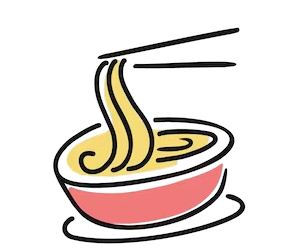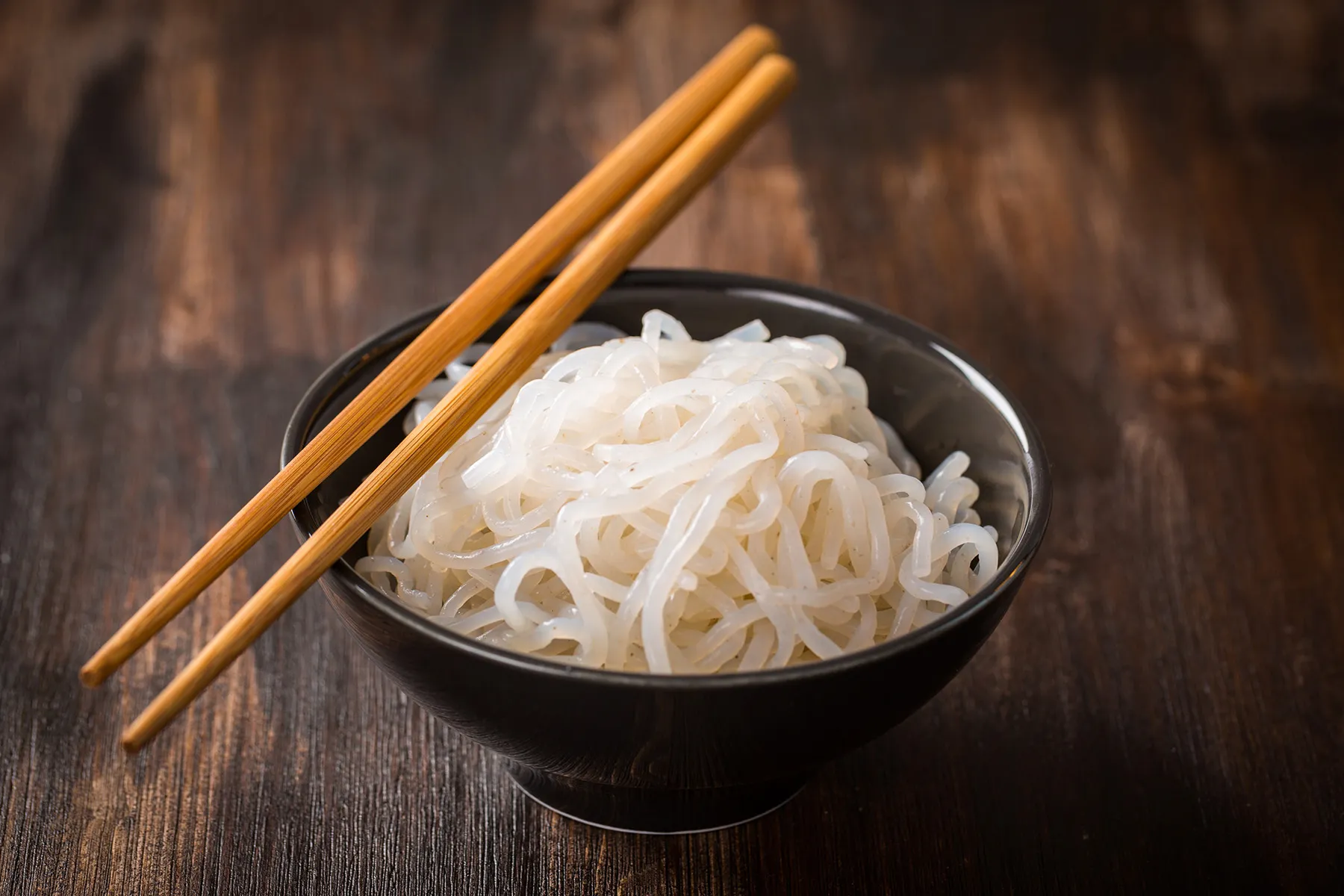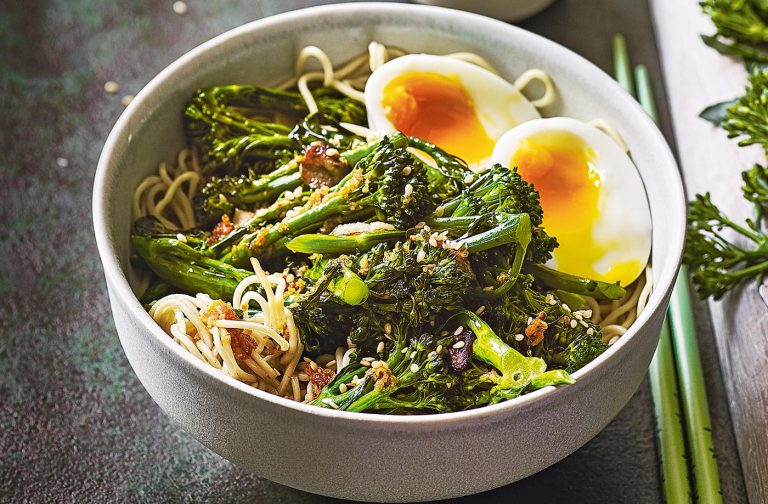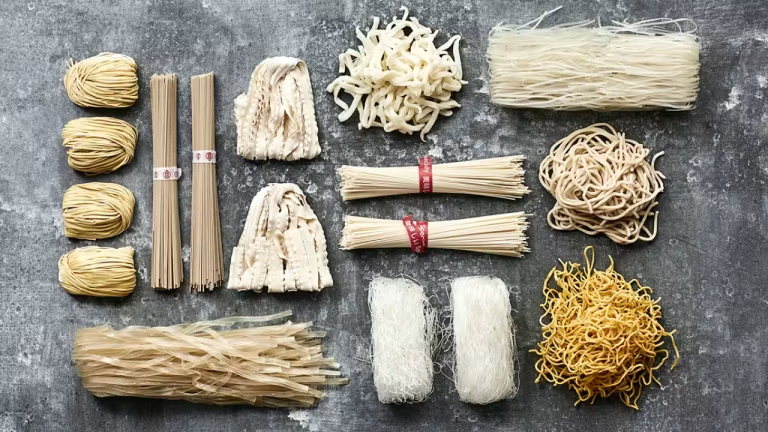A Comprehensive Analysis of Shirataki Noodles’ Clinical Benefits and Nutritional Profile
Shirataki noodles, which have their origins in Japanese cuisine, have become a worldwide sensation in the ever-growing world of health-conscious eating. Often referred to as “miracle noodles” or “konjac noodles,” these unusual, translucent strands have drawn interest from people looking for gluten-free, low-calorie, and low-carb substitutes for conventional pasta. However, their appeal extends far beyond their dietary flexibility. The true magic of shirataki noodles lies in their primary component, a potent dietary fiber known as glucomannan, which offers a host of impressive health benefits. This comprehensive guide will explore the nutritional profile of shirataki noodles and detail the remarkable ways they can contribute to your overall well-being.
The Foundation: What Exactly Are Shirataki Noodles?
Shirataki noodles are long, gelatinous noodles made from glucomannan, a type of soluble dietary fiber derived from the konjac yam. The name “shirataki” is Japanese for “white waterfall,” a poetic description of their appearance. The production process involves mixing glucomannan flour with water and a small amount of calcium hydroxide to help the noodles hold their shape. This simple composition results in a food that is approximately 97% water and 3% glucomannan fiber. This unique makeup is the key to their celebrated nutritional characteristics.
A Closer Look at the Nutritional Profile
The nutritional information for shirataki noodles is what truly sets them apart from other food items. A typical serving (around 100g) contains an astonishingly low number of calories and carbohydrates, and virtually no fat or protein.
Here is a breakdown of the nutrients per serving:
- Calories: 5-10 calories
- Total Fat: 0g
- Protein: 0g
- Total Carbohydrates: 3g
- Dietary Fiber: 3g
- Sugar: 0g
- Sodium: Varies, but often very low or 0mg
- Calcium: A small amount, around 20mg
The most critical takeaway from this nutritional data is that almost all the carbohydrates in shirataki noodles are from dietary fiber. This means they have zero net carbs, a significant benefit for those following low-carb or ketogenic diets. While they are not a source of essential vitamins and minerals, their primary benefit comes from the presence of glucomannan.
The Health Benefits of Glucomannan
The health advantages of shirataki noodles are directly attributed to the power of glucomannan fiber. This soluble fiber acts as a prebiotic, which means it ferments in the colon, feeding the beneficial bacteria in your gut. This process produces short-chain fatty acids, which have been linked to a variety of positive health outcomes.
1. Weight Management and Increased Satiety
Glucomannan has an exceptional ability to absorb water, expanding to many times its original volume. When consumed, it forms a gel-like substance in your digestive tract. This not only slows down digestion but also promotes a powerful feeling of fullness or satiety. By making you feel full for longer, shirataki noodles can help reduce overall calorie intake and curb appetite, which may aid in weight loss and management. The fact that you can enjoy a substantial, pasta-like meal for so few calories is a game-changer for many.
2. Blood Sugar Regulation
For individuals with diabetes or those looking to manage their blood sugar levels, shirataki noodles are an excellent dietary choice. The viscous fiber in glucomannan slows down the absorption of carbohydrates in the small intestine. This delayed absorption prevents the rapid spikes in blood glucose levels that are common after eating meals high in starch and sugar. By promoting a more stable blood sugar response, shirataki noodles can be a valuable tool for maintaining metabolic health.
3. Improved Digestive Health
The high fiber content of shirataki noodles acts as a powerful ally for your digestive system. It adds bulk to stool and helps regulate bowel movements, which can be highly effective in preventing and alleviating constipation. Furthermore, as a prebiotic, glucomannan nourishes the gut microbiota, which is essential for a healthy immune system, proper nutrient absorption, and reducing inflammation.
4. Lowering Cholesterol Levels
Research has shown that consuming glucomannan can have a positive impact on cholesterol levels. Soluble fiber binds to cholesterol-containing bile in the digestive tract, preventing it from being absorbed and leading to its elimination from the body. Studies have indicated that glucomannan can help lower total cholesterol, as well as “bad” LDL cholesterol, which is a major contributor to heart disease.
Incorporating Shirataki Noodles into Your Diet
While their unique gelatinous texture and lack of flavor might take some getting used to, shirataki noodles are incredibly versatile. They absorb the flavors of whatever sauces, spices, or broths you cook them with, making them a fantastic canvas for a variety of dishes.
- Preparation: Shirataki noodles typically come packed in water with a fishy odor. Simply rinse them thoroughly under cold water for a few minutes, then dry roast them in a pan for 1-2 minutes to improve their texture.
- Usage: Use them as a low-carb replacement for pasta in dishes like stir-fries, noodle soups, or even cold noodle salads. They are also a perfect addition to a hearty Japanese hot pot.
It’s important to remember that while shirataki noodles offer incredible benefits, they are not a complete nutritional source. To maintain a balanced diet, they should be paired with nutrient-dense foods like lean protein, healthy fats, and a wide variety of vegetables to ensure you are getting all the essential vitamins and minerals your body needs. Shirataki noodles are not a magic bullet, but rather a powerful dietary tool that can help you achieve your health goals when used as part of a well-rounded and mindful eating plan.



